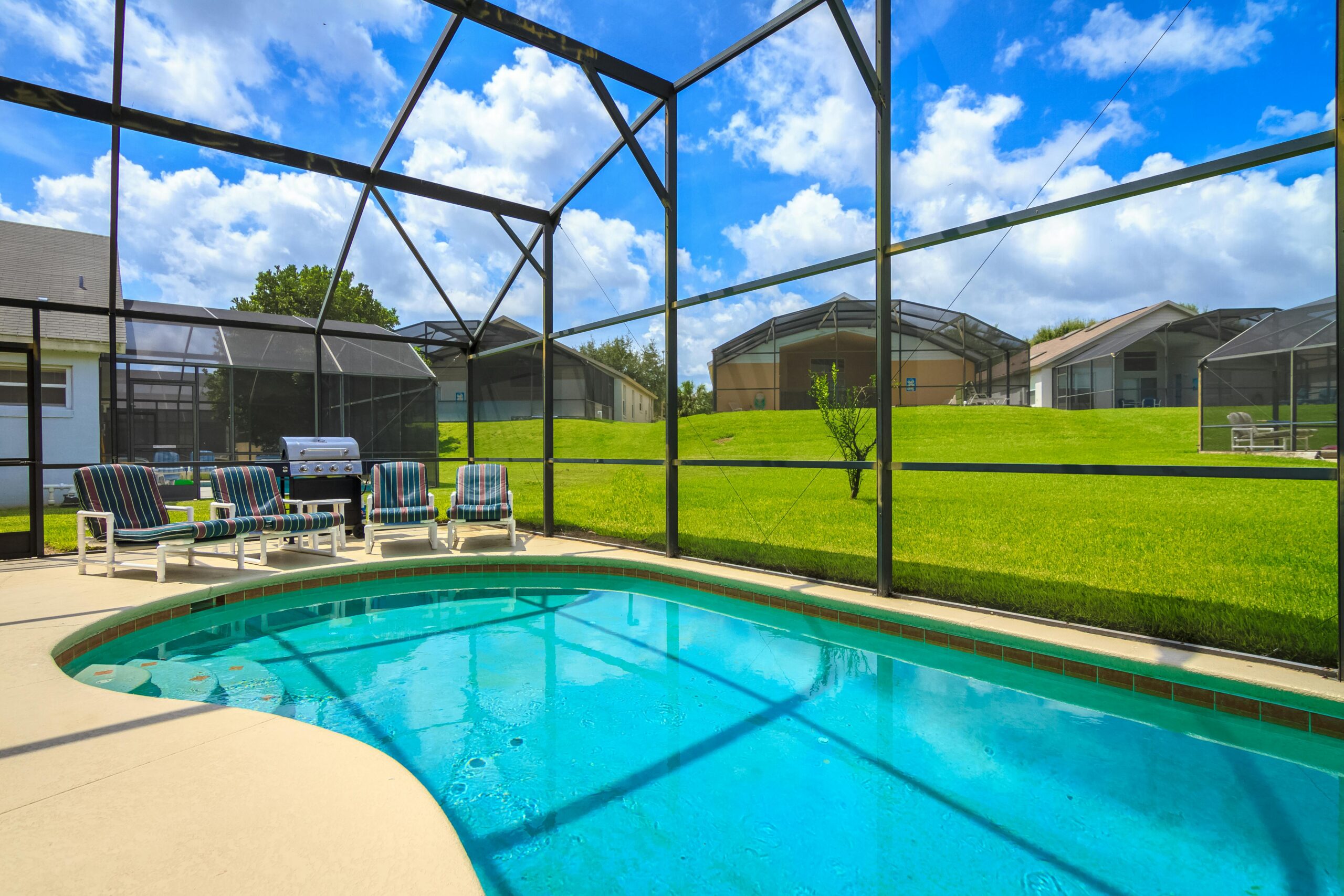Swimming pools are tremendous investments that traditionally offer limited seasonal enjoyment in many climates. However, modern engineering has delivered an elegant solution to this age-old problem—retractable pool enclosures. These innovative structures transform ordinary outdoor pools into versatile year-round swimming solutions that adapt to changing weather conditions. With telescopic designs that can extend during inclement weather and retract during beautiful days, these enclosures offer the best of both worlds: protection when needed and open-air swimming when desired.
Understanding Retractable Pool Enclosures
Retractable pool enclosures represent the perfect marriage between indoor and outdoor pool experiences. Unlike permanent structures, these telescopic systems slide open or closed based on weather conditions and personal preference. The typical indoor outdoor pool enclosure consists of a series of transparent or translucent panels mounted on tracks, allowing sections to nest inside one another when retracted. Materials typically include polycarbonate panels, tempered glass, or other weather-resistant transparent materials supported by aluminum framing. The beauty of these systems lies in their flexibility—providing shelter during rain, wind, or cold weather while disappearing almost entirely during perfect swimming days.
Modern enclosures come in various heights and configurations, from low-profile models that barely clear the water surface to cathedral-style designs that create spacious rooms around your pool. The engineering behind these systems ensures they can withstand snow loads, high winds, and other environmental challenges while remaining easy to operate.
Benefits of Telescopic Pool Cover Systems
The telescopic pool cover benefits extend far beyond simply extending your swimming season. First and foremost, these enclosures dramatically reduce maintenance requirements. When closed, they prevent leaves, debris, and unwanted critters from entering your pool, cutting cleaning time significantly. They also minimize water evaporation and chemical loss, which translates to substantial savings on water bills and pool chemicals.
Temperature regulation represents another significant advantage. Even when partially closed, these enclosures create a greenhouse effect that naturally warms pool water using solar energy. This passive heating can raise water temperatures by 10-15 degrees Fahrenheit, reducing or even eliminating heating costs during transitional seasons. During summer heat waves, the enclosure can be fully retracted to prevent overheating.
Safety considerations make these systems particularly appealing for families with young children or pets. When closed, they create a physical barrier that prevents accidental falls into the pool. This additional layer of protection complements other safety measures like pool alarms and fences.
Perhaps most importantly, these enclosures transform your swimming pool from a seasonal amenity to a year-round wellness center. Winter swimming provides exceptional low-impact exercise opportunities when outdoor activities are limited. Many homeowners report greater utilization of their pool investment after installing retractable enclosures, with swimming becoming a year-round activity rather than just a summer pastime.
Automated Pool Cover Systems Integration
Today’s most sophisticated retractable enclosures incorporate automated pool cover systems that offer unprecedented convenience. These motorized systems can be operated via wall-mounted controls, remote devices, or even smartphone applications. Some systems can be programmed to respond to weather conditions automatically—closing when rain is detected or when temperatures drop below a certain threshold.
The integration between telescopic enclosures and automated pool covers creates multiple layers of protection and efficiency. While the enclosure provides macro-level shelter for the entire pool area, automated covers offer additional insulation directly at the water surface, further reducing heat loss and evaporation. This dual-layer approach maximizes energy efficiency while providing redundant safety features.
Retractable Pool Enclosure Cost Considerations
The retractable pool enclosure cost varies significantly based on size, materials, degree of automation, and installation complexity. Entry-level systems for smaller pools might start around $15,000, while high-end custom installations for large pools with advanced features can exceed $100,000. The nationwide average typically falls between $25,000-$50,000 for a medium-sized residential pool.
While this investment might seem substantial, many homeowners find it economically justifiable when considering the extended use of their pool, reduced maintenance costs, and energy savings. Additionally, these enclosures often increase property values, as they transform a seasonal amenity into a year-round feature. When researching options, it’s advisable to consult with specialized installers who can provide detailed quotes based on your specific needs. Professional installers through AskHomey can provide personalized consultations to determine the most appropriate solution for your specific pool configuration and climate considerations.
Installation and Maintenance Considerations
Professional installation is essential for retractable pool enclosures due to their structural requirements and mechanical components. The process typically begins with site preparation, including ensuring proper drainage and creating appropriate tracks for the telescopic sections. Depending on complexity, installation may take several days to complete.
Maintenance requirements are relatively minimal compared to the benefits. Regular cleaning of tracks and panels, occasional lubrication of moving parts, and inspection of seals comprise the typical maintenance regimen. Most manufacturers recommend professional inspection annually to ensure all mechanical components function properly and structural elements remain sound.
For more tips and to connect with reliable home service professionals, follow AskHomey on Facebook and Instagram.



